It’s mid-summer, and many of us are shooting 3D targets at the range, and getting hyped about the upcoming hunting season. Regardless of your experience, it’s always good to revisit the whole discussion around shot placement, along with a list of do’s and don’ts.
We’ve all made a less-than-perfect shot on a game animal. That poor shot may have been correlated with our lack of skill with a bow, or perhaps it can be traced to a lack of understanding of the anatomy of the species we were hunting. As bowhunters, we have an ethical obligation to do our best to put game down quickly. We know that human error can play into any archery shot, but we also know that bowhunting comes with an infinite combination of dynamic variables that affect shot placement. We also know that some animals just react differently when shot with a broadhead … so, it’s up to us to maximize our accuracy and minimize the unknowns.
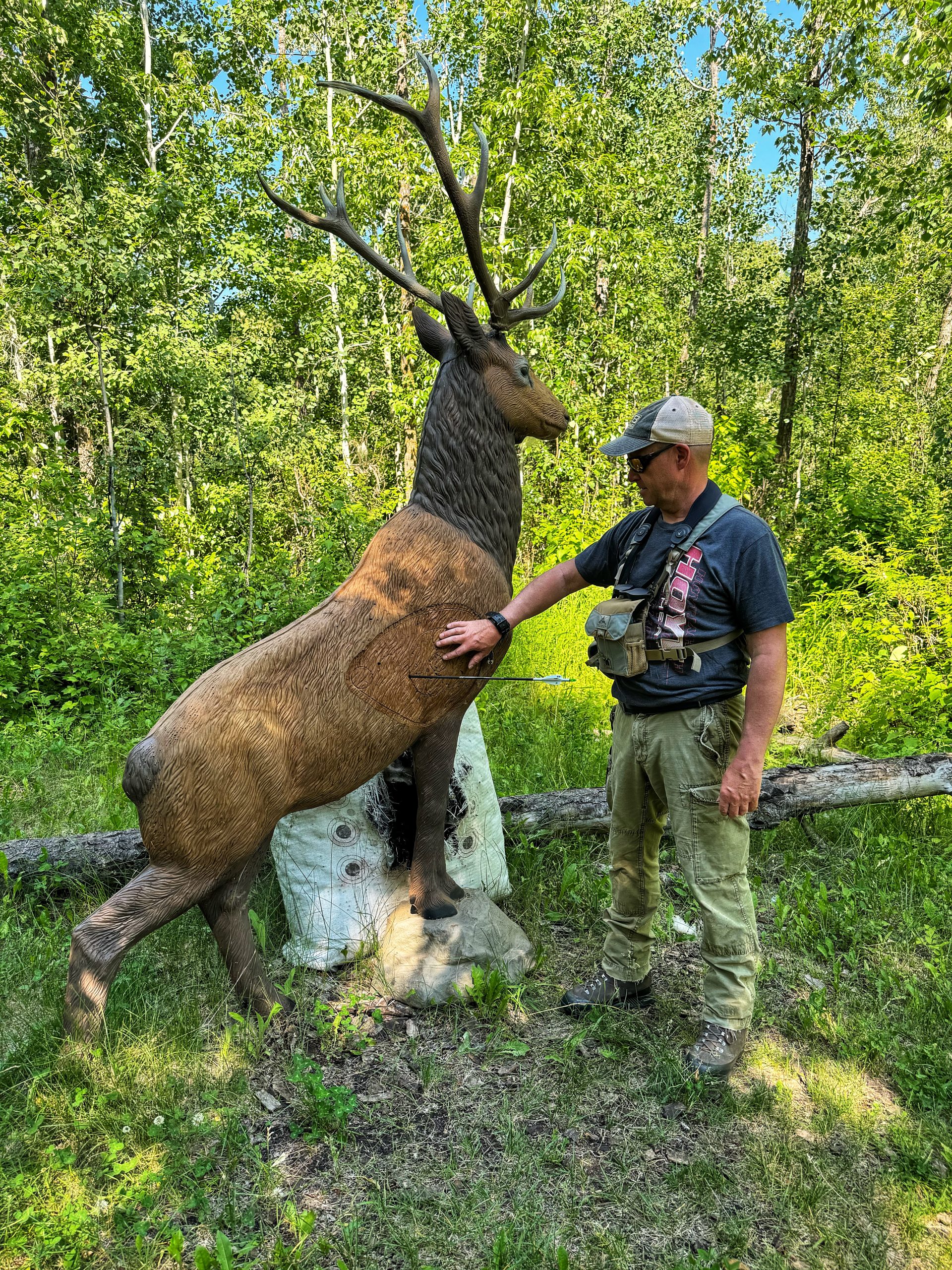
Target Vitals Only
Any time we release an arrow at a live animal, we need to aim for vital organs to ensure a quick kill. Broadheads kill through hemorrhaging alone, so causing as much trauma – in a way that will kill as quickly as possible, is the goal. Know that if you take out the heart, lungs, major arteries or liver your chances of retrieving the animal increase exponentially. A double-lung shot is almost the best.
Consider the Position of the Animal
Broadside or slightly quartering away will be your highest percentage angles. While I have seen big whitetails go a fair distance after a pass-through chest shot, penetrating and passing through both lungs will usually result in a quick kill. On most deer, it’ll be a 40-yard run or less. That said, I’ve seen big bull elk go a couple hundred yards with the same shot. Elk are big a strong. They seem to have a will to live like no other. Head on, quartering toward, the proverbial Texas heart shot, or most other positions are seriously discouraged and considered low-percentage shots. Indeed, game can be killed at these other angles, but the odds of efficiently damaging vitals go way down.
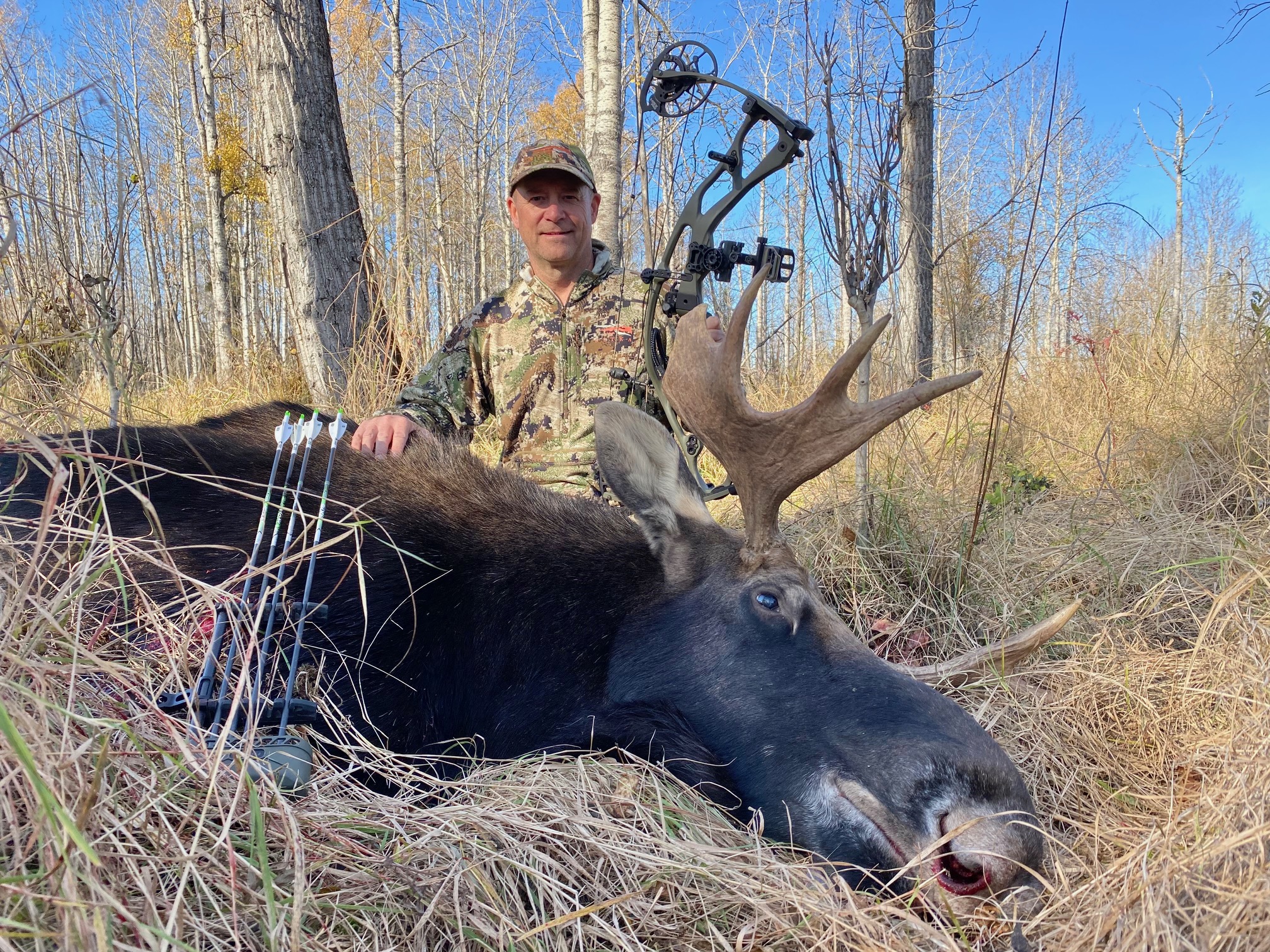
Know Anatomy
Different game species are anatomically variable. Yes, they all have vital organs and each can die quickly if hit properly, but they aren’t all created the same. For instance, the vitals in a bear are positioned differently from those of a deer. Likewise, the shoulder bone of a moose or elk is much heavier than that of a deer.
Wait until the Animal is Stationary
Recognizing the right time to draw and shoot comes with experience. Many of us have shot game while it was walking. For the most part, it’s important to wait until game is stopped and relaxed. In many situations, game like deer for instance, will sense that something isn’t right. With ears perked upright, they’ll stand stiff-legged and stomp their feet. For a tree stand bow hunter this is a precarious situation. As a rule, keep your sights trained on the kill zone until the animal is stopped and focused on something other than you, e.g. feeding. If they are on edge, or can see you, they could duck or “jump the string”, causing your arrow to hit high, forward or even backward.
Maintain Equipment
No matter how skilled you are as an archer, you will only ever be as accurate as your equipment. You can aim for perfect shot placement, but if your bow and arrows aren’t up to snuff, it’ll take a miracle to hit your mark. Bows should always be checked before hunting. Throw a few arrows prior to entering the woods, to make sure you’re still sighted-in and your equipment is as accurate as it can be.
Practice … a Lot
Making the perfect shot when your target animal walks into range – that’s what it’s all about. The most common variables causing a bad shot are a lack of familiarity with the equipment and when the animal knows you are there. The best way you can improve your skill in the off-season is by practicing at a 3D range. This not only helps build muscle memory, but it also allows you to practice shooting under simulated field-like conditions, at variable distances, and often in variable terrain.
Similarly, video shooting the DART System allows archers to practice realistic field shooting scenarios on a video screen. The system scores you based on proximity to the kill zone.
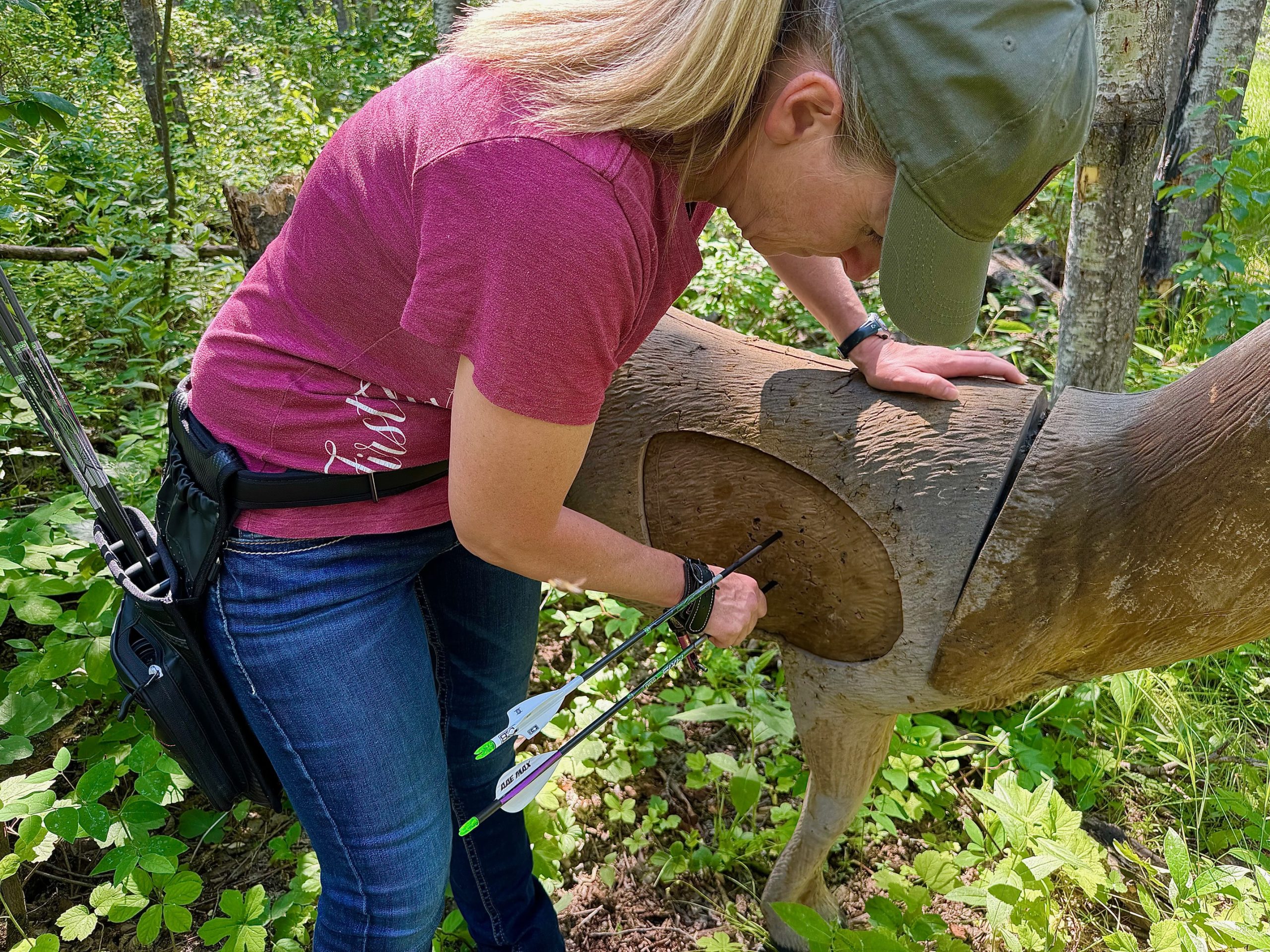
Don’t Rush Your Shot
Rushing the shot is responsible for wounding and losing more game shot with a bow than any other factor. Poor shot placement (inaccuracy) can often be traced to overconfidence and is frequently the result of releasing the arrow prematurely.
It’s important to remember that all shooting sports demand precision. In turn, concentration is paramount. Confidence founded in familiarity with your equipment and possessing the skill to hit vitals is important, but there’s a fine line between overconfidence and releasing at the right instant.
When it comes to the archery shot, proper form and biomechanics are essential. Draw, anchor, aim, tighten back muscles, release and follow-through. Add in a clear understanding of anatomy, and your odds of accurate shot placement go way up.
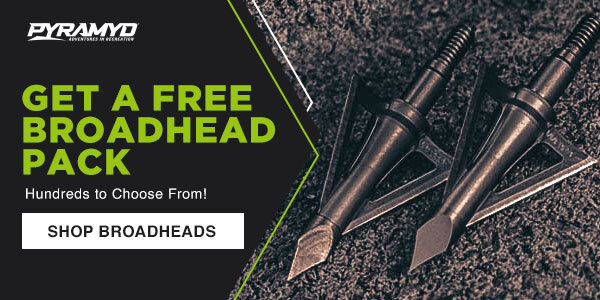
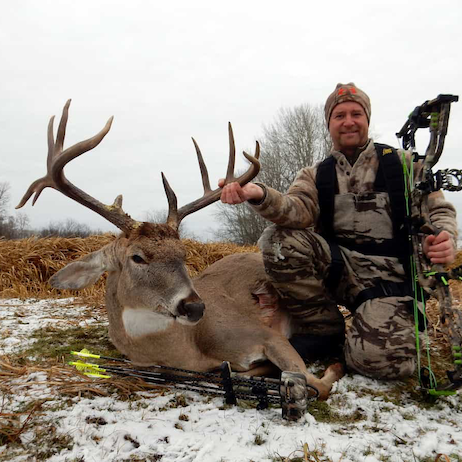
Hi Keven,
In the section Know Anatomy the links go to page not found. Noticed this when the post was placed and thought it would be corrected, two days later I look again and no dice.
If you can correct this it would be good.
Mike